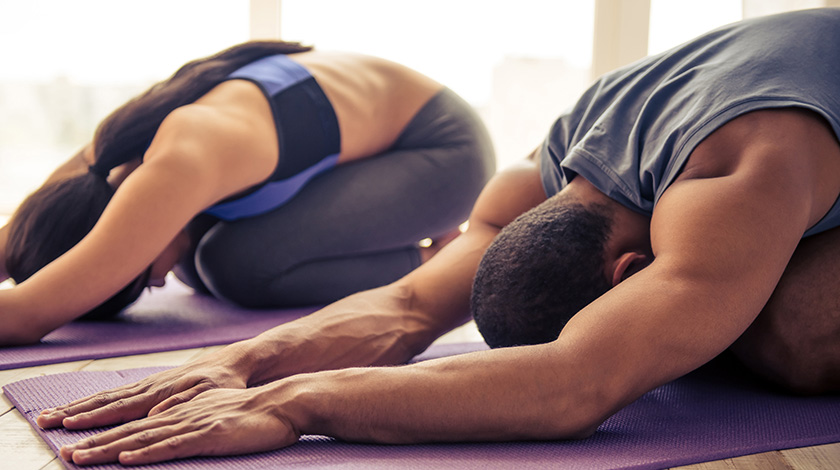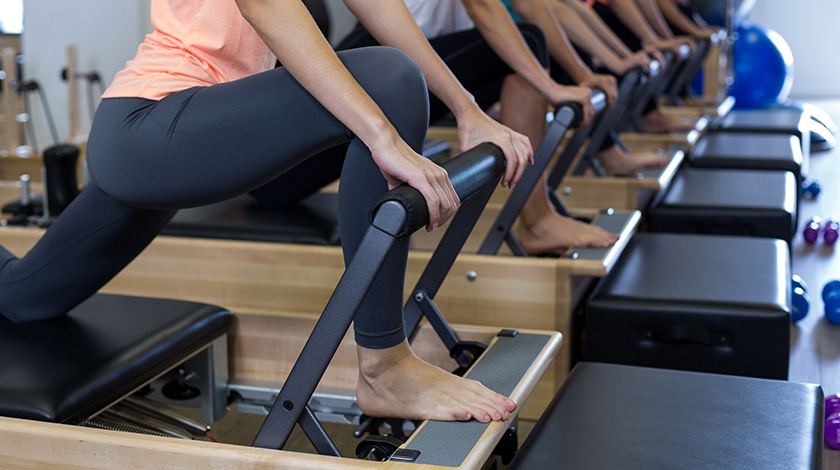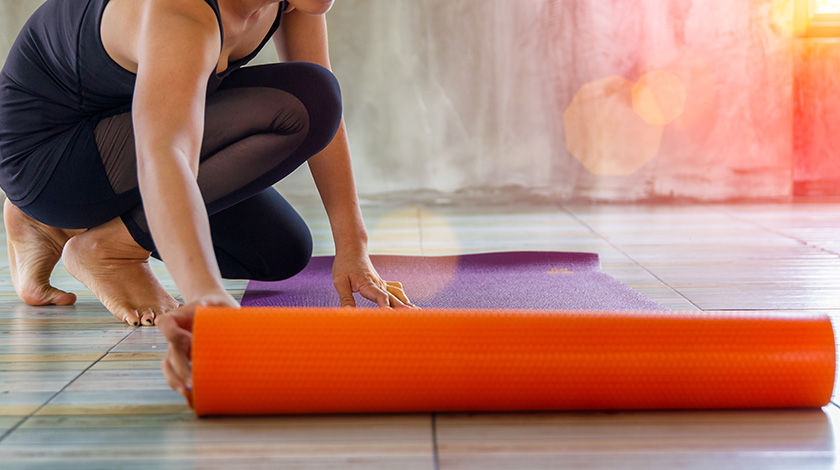If you really want to stretch yourself when it comes to physical fitness, there’s no doubt that yoga and Pilates will be the first sports on your mind. They have never been more popular, thanks to prominent advocates in the celebrity circle. But for beginners, deciding between the two can be difficult. That’s where this handy guide comes in.
Introduction to Yoga

Yoga originated as a meditative practice in Hinduism and, later, Buddhism. Records of yogis date back to 3000 BC — that’s older than almost any civilization today. Here are some of the health benefits of yoga.
- Improving flexibility: Yoga helps to promote joint and ligament strength and muscle flexibility. If you do other sports, yoga is a great way to help improve mobility and guard against athletic injuries.1
- Mindfulness: Regular yoga sessions have been linked to improved memory, reduced anxiety and general feelings of well-being and serenity.2
- Fight ageing: Some studies have indicated that yoga is useful for combating ailments such as rheumatoid arthritis, and also has therapeutic effects for practitioners recovering from joint strains or muscle tears.3,4
Types of Yoga
There are so many variants of yoga out there, it’s easy for beginners to feel overwhelmed. In Hong Kong, the following three variants are the most popular.2
- Ashtanga: This fast-paced and vigorous variant probably gives the best cardiovascular workout of any yoga variant out there.
- Bikram: Also known as hot yoga, bikram practitioners move through up to 26 different poses in a room heated to between 37 and 40 degrees Celsius. The heat is believed to contribute to a serene state of mind and assist the body in removing toxins.
- Hatha: The most beginner-friendly, hatha is a more relaxed style. Workouts places emphasis on slow, regulated breathing and being able to hold difficult positions for extended periods of time.
Introduction to Pilates

Pilates is a more contemporary sports than yoga. It was created by fitness science maestro Joseph Pilates in the early 20th century, with the goals of improving core strength and promoting joint flexibility.
Pilates is not quite as diverse as yoga, with advocates generally adhering to one of two styles: “matwork”, where the exercises are performed on a mat; and “reformers” where a specialized piece of equipment is used to supplement a Pilates session.
Benefits of Pilates
Pilates and yoga confer many similar benefits, but Pilates is perhaps uniquely effective at improving the following.
- Core strength: Pilates gives your abdominal muscles a thorough workout, especially the deep muscles and obliques which regular sit-ups and crunches don’t target.
- De-stress: As with yoga, Pilates involves controlled deep breathing which has significant benefits for stress levels and peace of mind.
- Stronger pelvic floor muscles: Women suffering from weakened pelvic floor muscles post-childbirth, especially those experiencing urinary incontinence, can benefit from a doctor-approved Pilates regime.5
If you still can’t decide, try both. At the end of the day, what matters is that you enjoy yourself and get your heart pumping, and both sports can definitely help you achieve that!
Resources
- Improvement in physiological and psychological parameters after 6 months of yoga practice. K Rocha et al. Consciousness and Cognition. Available online 17 February 2012
- Effects of Hatha Yoga Practice on the Health-Related Aspects of Physical Fitness. Tran MD et al . Preventative Cardiology. 2001;4(4):165-170.
- Yoga for arthritis: a scoping review. Rheum Dis Clin North Am. 2011 Feb;37(1):33-46. Epub 2010 Dec 3. Haaz S, Bartlett SJ.
- A Pragmatic Multi-centred Randomised Controlled Trial of Yoga for Chronic Low Back Pain: Economic Evaluation. Spine 2012 Mar 16. [Epub ahead of print] Chuang LH et al.
- Relaxation techniques for pain management in labour. Cochrane Database Syst Rev. 2011 Dec 7;(12):CD009514. Smith CA et al.

